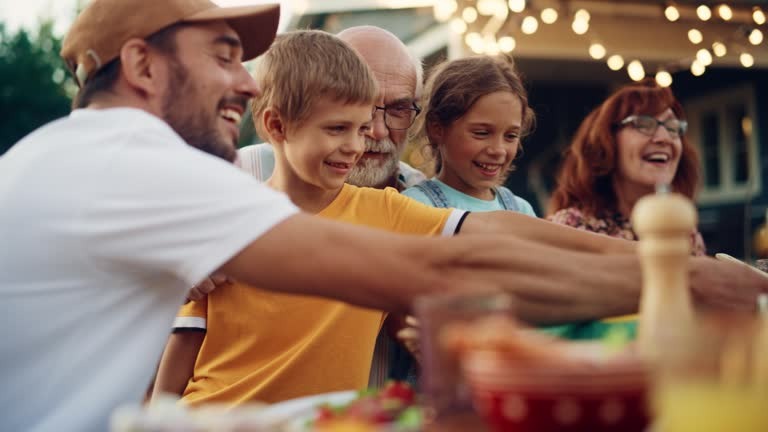The connection between movement and happiness is a topic that has gained increasing attention in recent years, supported by both scientific research and anecdotal evidence. Physical activity has long been associated with numerous health benefits, but its impact on mental well-being is equally significant. Engaging in regular movement, whether through exercise or daily activities like walking, can trigger the release of endorphins—chemicals in the brain often referred to as “feel-good” hormones. These endorphins help reduce stress, alleviate anxiety, and improve overall mood.
Movement also plays a key role in reducing symptoms of depression. Studies have shown that even moderate physical activity can be as effective as medication for some individuals struggling with mild to moderate depression. Exercise promotes better circulation and increases levels of serotonin and dopamine—neurotransmitters linked to feelings of happiness and contentment. Furthermore, movement helps regulate sleep patterns, which are crucial for maintaining emotional balance. Improved sleep quality not only restores energy but also enhances cognitive function and resilience against stress.
In addition to its physiological effects, movement fosters psychological benefits through heightened self-esteem and a sense of accomplishment. Setting goals related to physical activity—even small ones like taking a 15-minute walk each day—can provide structure and purpose while reinforcing positive best kratom habits over time. Achieving these goals boosts confidence and creates an empowering cycle where individuals feel motivated to continue engaging in activities that enhance their well-being.
Social interaction is another way movement contributes to happiness. Participating in group exercises such as yoga classes or team sports allows people to connect with others who share similar interests while building supportive relationships that combat loneliness—a factor closely tied to mental health challenges. Even informal activities like dancing at home or gardening offer opportunities for social bonding when shared with family or friends.
Moreover, being active encourages mindfulness by grounding individuals in the present moment rather than dwelling on past regrets or future worries. Activities like hiking or cycling outdoors amplify this effect by immersing people in natural environments known for their calming influence on the mind.
Ultimately, incorporating more movement into daily life does not require extreme effort; simple changes such as taking stairs instead of elevators or stretching during breaks can make a meaningful difference over time. By prioritizing physical activity—however modest—it becomes possible not only to strengthen the body but also nurture mental clarity and sustained happiness throughout life’s challenges.




